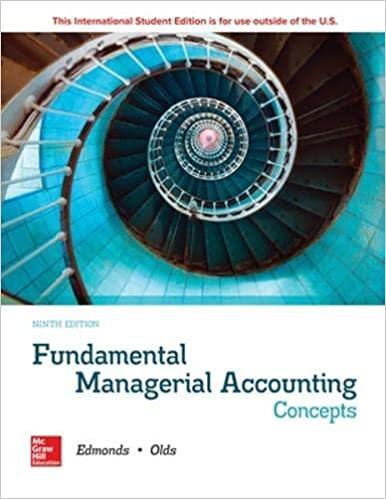Liang Company began operations in Year 1. During its first two years, the company completed a number of transactions involving sales on credit, accounts receivable collections, and bad debts. These transactions are summarized as follows. Year 1 a. Sold $1,352,600 of merchandise on credit (that had cost $983,200 ), terms n/30. b. Wrote off $20,000 of uncollectible accounts receivable. c. Recelved $673,000 cash in payment of accounts receivable. d. In adjusting the accounts on December 31 , the company estimated that 3.10% of accounts receivable would be uncollectible. Year 2 e. Sold $1,542,200 of merchandise (that had cost $1,329,900 ) on credit, terms n/30. f. Wrote off $34,500 of uncollectible accounts recelvable. g. Recelved $1,233,300 cash in payment of accounts receivable. h. In adjusting the accounts on December 31 , the company estimated that 3.10% of accounts recelvable would be uncollectible. Required: Prepare journal entries to record Liang's Year 1 and Year 2 summarized transactions and its year-end adjustments to record bad debts expense. (The company uses the perpetual inventory system, and it applies the allowance method for its accounts receivable.) Note: Round your intermediate calculations to the nearest dollar. Complete this question by entering your answers in the tabs below. Prepare journal entries to record Liang's Year 1 summarized transactions and its year-end adjustments to record bad debts expense. (The company uses the perpetual inventory system, and it applies the allowance method for its accounts receivable.) Prepare journal entries to record Liang's Year 1 summarized transactions and its year-end adjustments to record bad debts expense. (The company uses the perpetual inventory system, and it applies the allowance method for its accounts recelvable.) Journal entry worksheet 5 Sold $1,352,600 of merchandise on credit, terms n/30. Note: Enter debits before credits. Prepare journal entries to record Liang's Year 2 summarized transactions and its year-end adjustments to record bad debts expense. (The company uses the perpetual inventory system, and it applies the allowance method for its accounts receivable.) Journal entry worksheet \begin{tabular}{l|ll} 2 & 5 \end{tabular} Sold $1,542,200 of merchandise on credit, terms n/30. Note: Enter debits before credits









